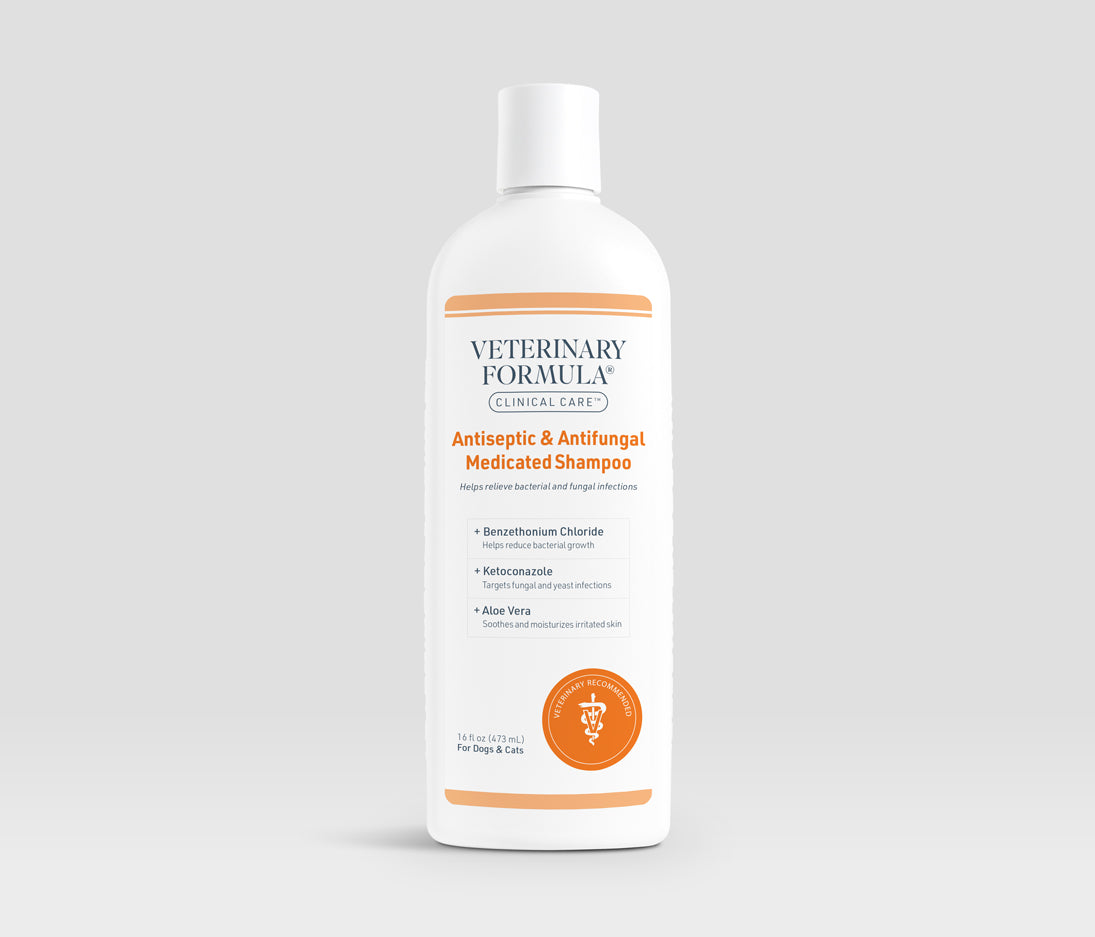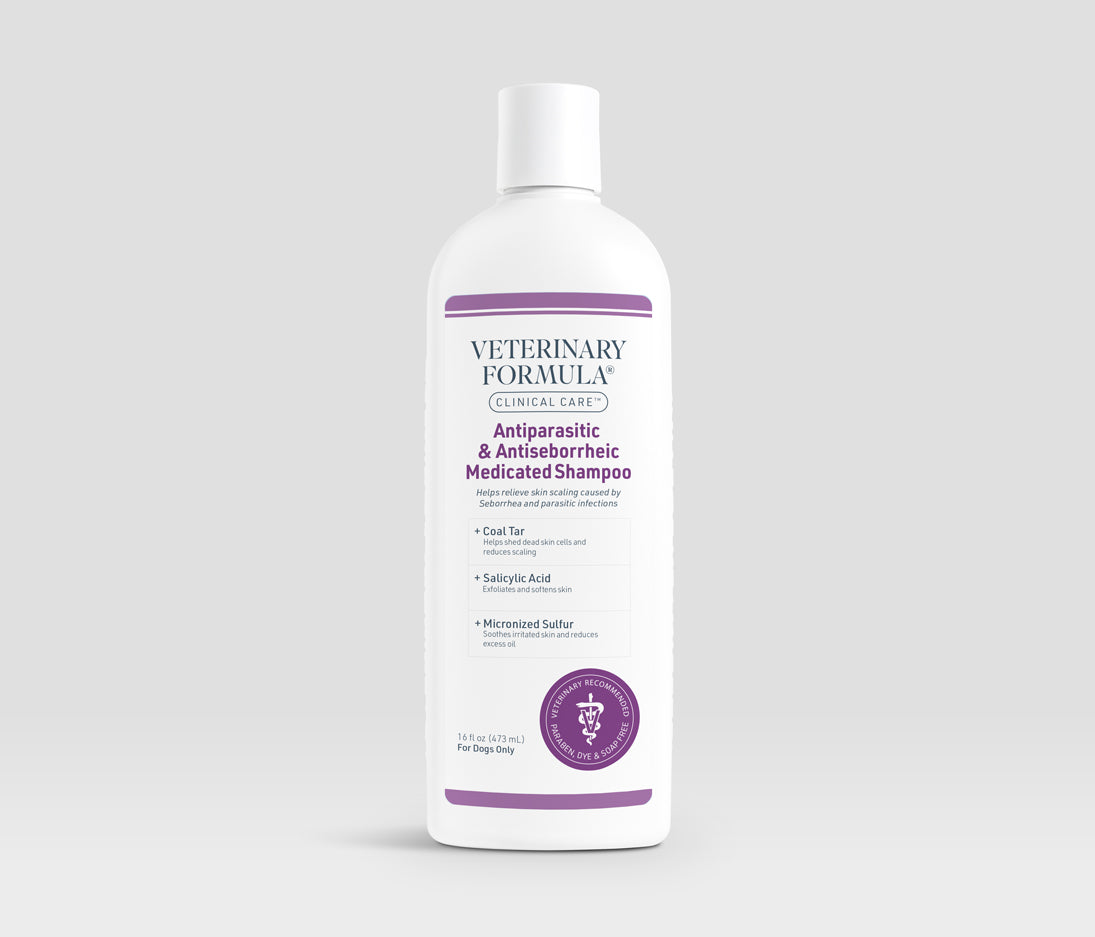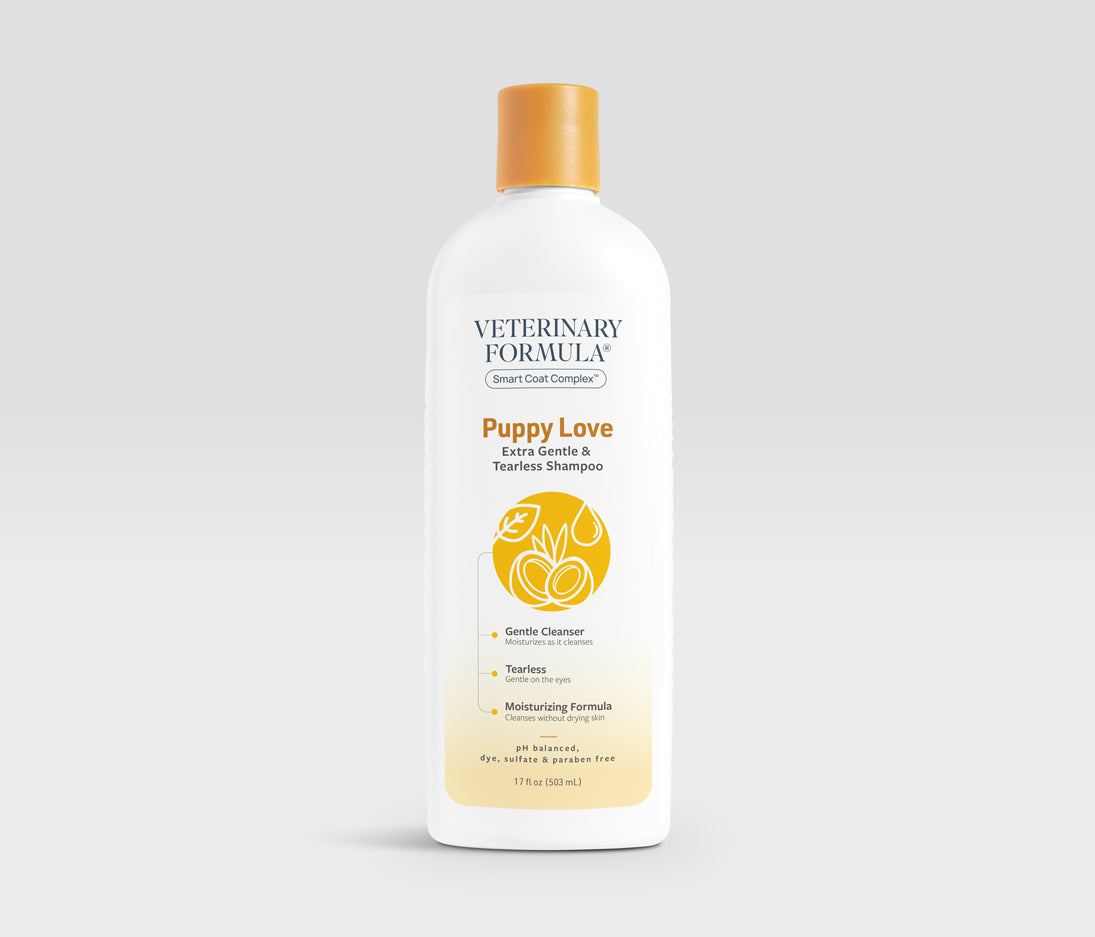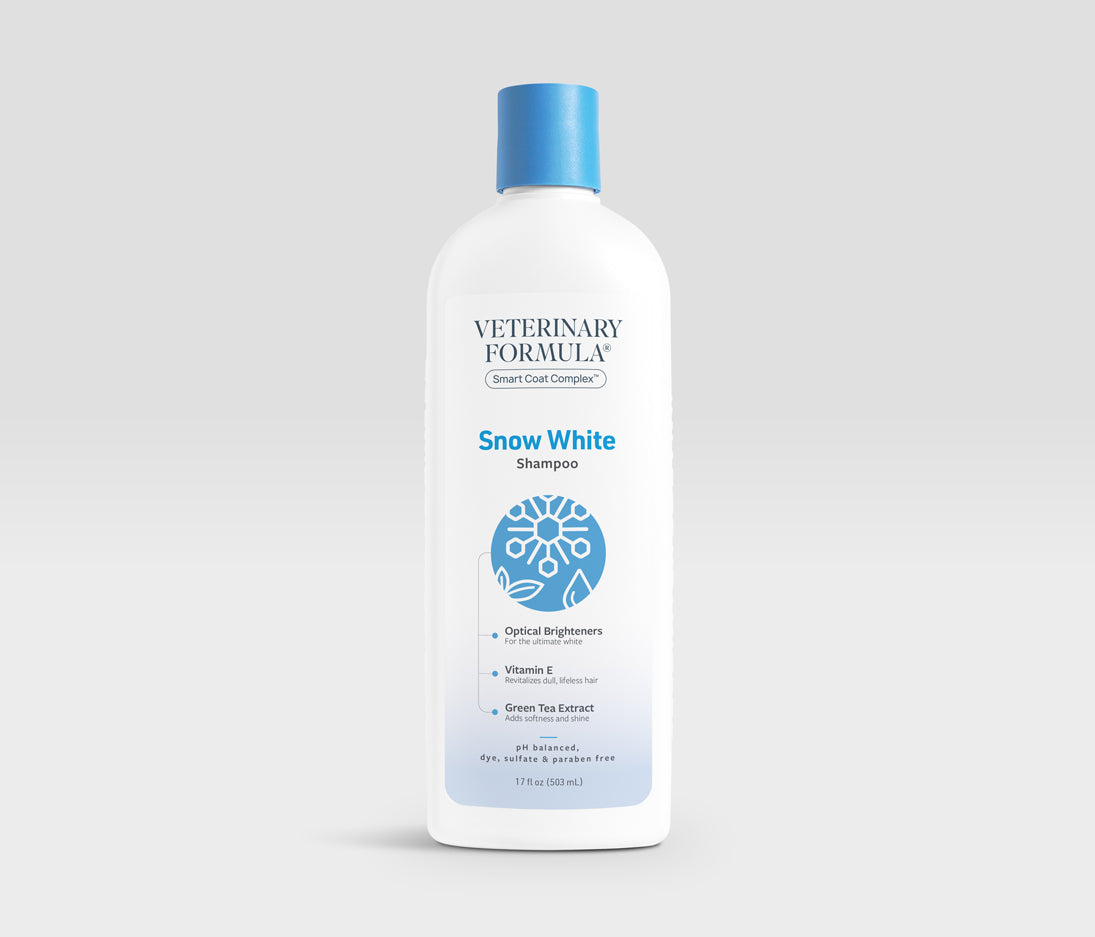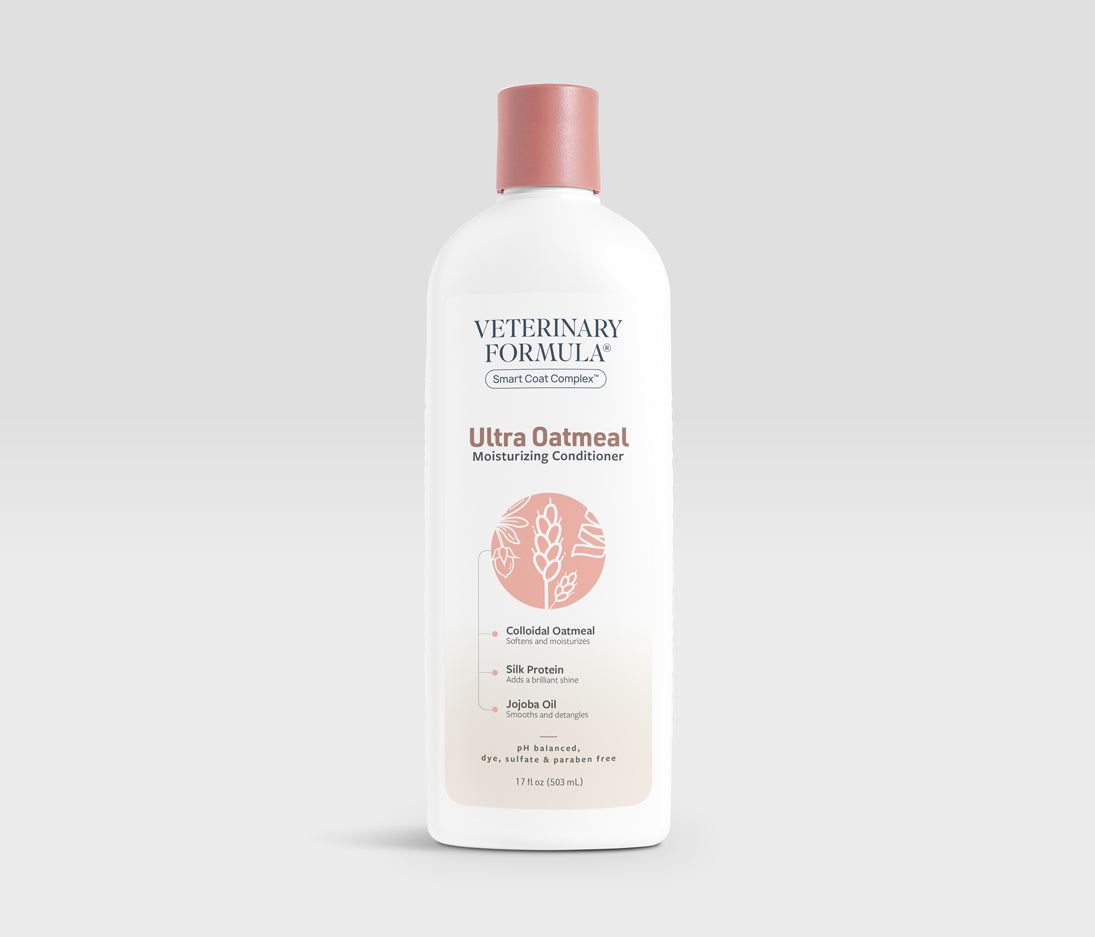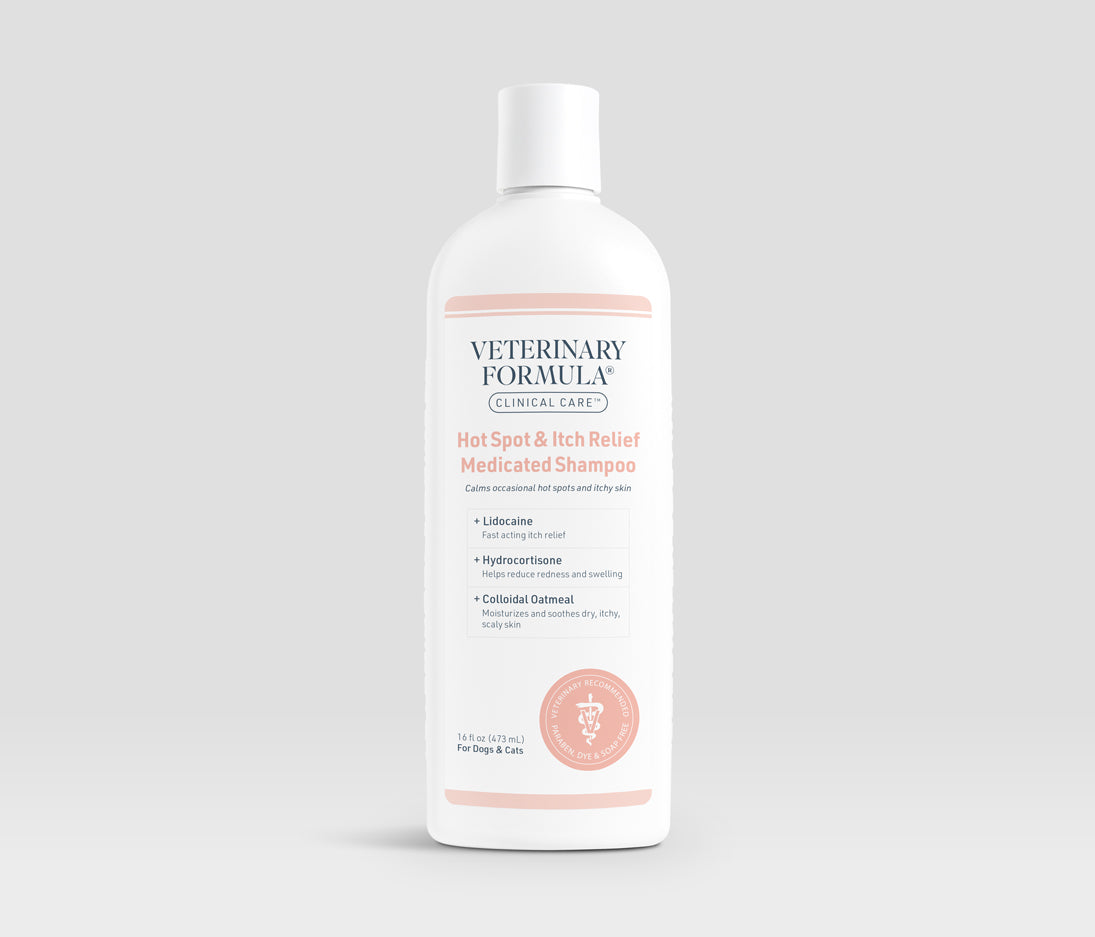Poorly maintained dog nails aren’t merely unsightly. They’re a health risk for your dog. Overgrown and unhealthy nails can be painful. And, in rare cases, cause long-lasting damage.
Yet many dog owners avoid trimming their dog’s nails for fear of hurting them. Unfortunately, the long-term risks of never cutting your dog’s toenails far outweigh the risks of an accidental nip.
Trimming your dog’s nails doesn’t have to be scary. When you take it slow and carefully, the chances of accidentally hurting your dog are low. If you’re not willing to risk even that, there are always professional groomers who will do it for you.
Here’s everything you need to know when it comes to how to trim a dog’s toenails.
Why You Should Trim Dog's Toenails
To start with, long nails can curl into your dog’s paw, cutting the skin, causing pain, and possibly leading to infection. Long nails are also prone to splintering and breaking. And because the quick (a vein inside the nail) is usually closer to the tip on longer nails, that means bleeding and pain for your dog.
Even when they don’t break or cut the paw, long nails can force the foot to splay, resulting in deformed feet and damaged tendons. Deformed paws also reduce your dog’s traction, making it more likely he’ll slip and fall and hurt himself that way.
When paws with long nails hit the ground, there’s more pressure on the foot and leg structure as well. This can lead to early-onset arthritis over time.
Your Dog’s Nails
Before we get into the nitty-gritty of how to trim a dog’s toenails, a bit about their nails in general.
Your dog’s nails consist of a hard outer layer called the shell and a vein in the center called the quick. The quick is pinker than the rest of the nail, so is easy to recognize in dogs with clear or white nails. In dogs with dark-colored nails, you’ll need to proceed carefully so as not to cut the quick.
Because it is a vein, the quick will bleed if cut. It also has nerves so it hurts when cut.
The good news is that regularly trimming your dog’s nails will cause the quick to recede, making it less likely that you’ll accidentally snip it.
How Often Can You Cut Your Dog's Nails?
The general rule of thumb is this, if you hear your dog’s nails clicking on the hard floor, it’s time for a trim.
More specifically, says Tori Paxton, salon manager and expert groomer at Paws & Anchor in New Jersey, nail trims should be performed every two to six weeks, depending on your dog’s breed, size and, lifestyle.
“Many types of dogs means many different foot structures. This can affect the way the nail hits the ground. If the nails are not hitting the ground, it is more likely they’ll grow longer, as they won’t be naturally ‘filed down’ by the ground surface.”
As dogs get older and less active, there will be less natural erosion, as well. You’ll likely need to trim their nails more often. Additionally, the nails on some dogs get more brittle as they get older.
“If a dog’s nails are more brittle than normal, it is important to keep them short to avoid breaking and potentially exposing the quick,” Paxton says.
What is the Proper Way to Clip Dog Nails?
Here are three easy-to-follow steps for trimming or clipping your dog’s nails.
- Pick up your dog’s paw and put your thumb on the pad of one toe. Move any fur out of the way and place your forefinger on the top of the toe above the nail. Make sure you’re holding their foot in a comfortable position, that’s not pulling too far away from their natural stance. And never try to bend their elbow or knee in the opposite direction.
- Firmly, but gently, push your thumb up on the pad, while pushing your other finger forward to extend the nail.
- Start with small cuts at a 45-degree angle, looking at the inside of the nail between each one to make sure you haven’t cut too far. Repeat, clipping only a small amount at a time.
One word of warning. Be very careful when clipping past the natural curve of your dog’s nails. This is where the quick is often located. On dogs with white nails, the quick should be easy to spot. On dogs with dark nails, keep your eyes open for a chalky white outer ring at the end of each nail. This will indicate when you’ve approached the quick.
Tips for How to Trim Your Dog's Nails at Home
Start Young
Nail trimming can be scary for some dogs, especially puppies. To reduce any anxiety your pup might feel, start handling his feet while he’s a puppy. Hold his paws, squeeze each toe slightly, and praise him for his good behavior. Do it regularly enough and your puppy will learn there’s nothing to fear.
Once your puppy is comfortable with having his feet handled, move on to getting him used to the scissors or nail clipper. Let him sniff it. Give him praise and a treat. Touch the scissors or clipper to each paw, and reward him again. Do this for a few days, before you ever try to cut his nails for the first time.
The first time you do cut his nails, only do the tiniest tip on one front paw. Let your dog’s reaction guide your progress. You might need to stop there for the day.
Heap more praise and treats on him. Repeat this exercise over the next few days until he’s ready to let you move on to more nails.
Stay Calm
Your dog picks up on your energy, Paxton says. If you’re nervous about trimming his nails, he will be too.
“The calmer both of you are, the easier the whole situation will be,” she says.
If you know your dog gets nervous during a trim, keep some treats on hand. “There are also toys/treats you can spread peanut butter on for them to lick that have the same effect,” Paxton adds.
Choose the Right Tool
There are several dog nail trimming tools out there including scissor-style clippers and guillotine-style clippers, along with nail grinders and even emery boards. Each has its pros and cons, but not all are suitable for all dogs.
Small dogs in particular do best with a scissor-style clipper. Big dogs with large, hard nails are better suited with a guillotine-style clipper or nail grinder, also called a Dremel.
“Do not use a Dremel on extremely long nails,” Paxton warns. “Holding the spinning head in the same place too long can cause heat from the friction. Safety first!”
If you’re not sure which tool to use, ask your vet or vet tech what they recommend.
Bright Light Is Best
Having a clear picture of what you’re doing is important when trimming your dog’s nails. An occasional nick to the quick won’t do any harm, but always hitting it teaches your dog that nail trims are something to be afraid of.
Only trim your dog’s nails in natural sunlight or with a bright light on. And, if you need glasses to read, you need them to cut your dog’s nails. This way, you’ll be able to spot the quick before you cause your dog any pain.
Have a Blood Clotter
Despite your best efforts, you will invariably nick a quick at some point. Super Clot from Veterinary Formula stops the bleeding, disinfects, and relieves any pain your dog is feeling.
There are also clotting powders (called styptic powder) but they do not disinfect.
Decide When a Professional Is Needed
There are times when trimming your dog’s nails yourself is not the right choice. This is usually when you’ve put off trimming for too long and the nails are overgrown.
“If the nails are curled into the paw pads, have the nail trim done at a veterinarian’s office,” Paxton says. “They will potentially need antibiotics to protect them from infection. And, it could be painful.”
Trim After a Bath
If your dog has super hard nails, waiting until after a bath can help make trimming easier. Nails get softer in water, so they’re easier to cut.
Be Patient
The main thing to remember when it comes to how to trim your dog's nails at home is to always be patient.
“Your job is to make your pets comfortable, so try to see things from their perspective,” Paxton says. There’s no need to rush.
“They give us unconditional love, so remember to return the favor.”

